Graduate engineer, Rebekkah Kaligorsky, chatting to fellow graduate, John Daly.
Leaning in to life as a graduate engineer at ROD means taking advantage of all the professional and personal opportunities that come with the role
Throughout my studies in UCD, I always had a keen interest in structures, particularly bridges. As part of my master’s in engineering, I undertook a six-month placement in ROD, which reinforced my interest in the area.
During my internship in the bridges team, I was fortunate to gain a variety of experiences, including assisting with bridge design and bridge inspections, most notably an inspection of the newly constructed Rose Fitzgerald Kennedy Bridge. On completion of my placement, I didn’t hesitate to apply for a place on ROD's graduate programme.
ROD's graduate programme is very interesting. It appealed to me because it involves the opportunity to experience four challenging rotations across a range of teams, including bridges, buildings, geotechnical, water, transport, environmental and research. All the rotations complement each other and ultimately provide valuable experience when returning to your preferred team at the end of the rotation.
Since joining the programme in 2021, I've rotated through the environmental and geotech teams, and I am currently in the bridges team. While I do not plan on returning to geotech or environmental when I complete the programme, both rotations were extremely beneficial to me. I gained valuable experience and the rotations allowed me to get to know people working in those disciplines, learn how they work and form strong working relations that have helped me as I continue on my journey. My next rotation will be on site, and while it is bound to be a very different experience to what I have been used to, I am looking forward to the opportunity and the exposure.
I have contributed to a variety of interesting projects on my graduate rotation programme, none more so than Narrow Water Bridge, a major cross-border infrastructure project linking the Mourne Mountains in Co. Down and the Cooley Peninsula in Co. Louth. Crossing the Newry River approximately 400m south of the Narrow Water Keep, the bridge connects the R173 Omeath Road south of Ferry Hill and the A2 dual carriageway at the existing roundabout. When complete, it will provide road, pedestrian, and cycle access, with a greenway integrated in the design.
The bridge structure is a two-span cable stayed bridge with an asymmetric arrangement, with a fixed span on the southern side, and an opening moveable span on the northern side providing clearance for the navigational channel. The south span is approximately 138.4m and the north span is approximately 56.8m giving a total length of approx. 195m.
The cable stay system is provided by two towers located over each abutment and the asymmetry of the span is further reflected in each tower height - while the south tower is approx. 84m high, the north tower is only 32m high.
In 2008, Louth County Council appointed ROD to take the project from feasibility study stage through to handover. The project was put on hold in 2013 and re-activated in June 2021. A due diligence exercise was required to identify gaps arising due to time lapsed since the project stalled. This involved reviewing conditions of planning, consulting project stakeholders, and updating the design in accordance with changes to design standards/ guidelines and international best practices.
The Narrow Water Bridge project involves every team within ROD. The graduate rotation allowed me to work on this project within three individual teams, each of which provided a different perspective on the project. During my six-month rotation in the environmental team, I had the opportunity to learn about the environmental sensitivities, relevant planning legislation and the sustainability side of this project. I was involved in reviewing the conditions of planning, and we had to be conscious of the nature and habitats around the area, which will be reflected in the careful planning of the timing of piling for the bridge in the river channel so as not to disturb the fish and birds. I also gained experience of the statutory processes, and I was involved in liaising with the relevant statutory bodies, which further underlined the north-south connectivity and collaboration.
In the geotech team, my focus shifted to the geotechnical and hydrogeological impacts of the project. We analysed the grab samples from the river prior to the commencement of dredging works, bearing in mind the potential contaminating particles in the water. The project also involves the design of a greenway to the rear (behind) of the bridge south abutment. One of the tasks I worked on was checking the bearing capacity of the greenway underpass structure, which involved understanding the type of soil and its shear strength and further introduced me to the use of Eurocode 7 for geotechnical design.
As I rotated into the bridges team, the bridge design team had mobilised and were updating the design of the main bridge structure. I had the opportunity to start working on the bridge deck global design. The bridge is an orthotropic steel deck with an asymmetrical design, with a number of different steel plates and stiffeners that make the design that bit more intricate and complex. The global design has involved the use of the Eurocodes (EN 1993-1-1, 1993-1-5, and 1993- 2), MIDAS Civil (finite element software), and hand calculations, all of which employed the skills I had learnt throughout college.
The Narrow Water Bridge project has afforded me the opportunity to get involved a major civil engineering infrastructure project and contribute from the different sectors. I have applied skills learned in college and learned new skills that will help me with my career progression. I look forward to working on this project until completion, and I am excited to see the structure come to life in the near future.
